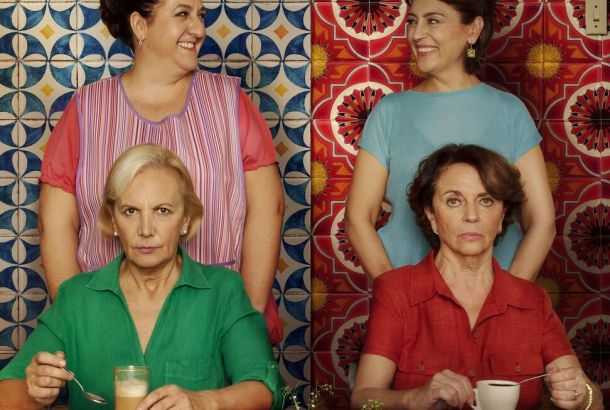Bollywood is not as superficial as it seems..
The Indian film industry is the biggest film industry in the world, producing over 1,000 films a year and selling up to 6 billion tickets annually. Bollywood is based in Mumbai and although the name relates to Hollywood, Bollywood films contain characteristics which are far from the typical Western blockbuster. With a length of over three hours and featuring at least five song and dance sequences, they are a feast for the eyes and ears. Big stars, elaborate costumes, and scenes in exotic locations transport viewers into a world of aspiration and glamour, far from the mundane everyday life.
Initially only viewed by an impressively big Asian audience or by NRIs (Non-Residential Indians), the marketing machine behind those films has made them more popular in the West in recent years. As a result, the films have become shorter and generally try to appeal more to a Western audience, losing their original charm and authenticity. Furthermore, Western audiences might get a wrong impression of what life in India is really like. Bollywood portrays a very selective amount of Indian people who are mostly privileged upper middle class and Hindu despite India being a country with a big wealth disparity and a melting pot of languages, ethnicities and religions.
As someone who has only seen a handful of popular Bollywood films; I was surprised to learn that Indian cinema has a very fascinating and old heritage. Therefore, Bollywood films should not be dismissed as light entertainment unless one is aware of the symbolism and origin of this particular film industry. Originally based on traditional theatre, the first silent feature films were produced in the 1910s in India. Early films mostly thematised mythological and traditional tales. The amount of special effects and storytelling devices used in those early films were impressive for that time period especially.
Even the most superficial Bollywood films contain dance sequences which are based on and are a mix of traditional Indian worship dances from South Indian and Punjabi folk dances. On top of that, the films often subtly or openly re-tell Indian mythology, especially tales from Ramayana and Mahabharata, the most important religious epics. Despite their perceived superficiality and many flaws, Bollywood films entertain the masses and their influence on culture should not be dismissed. Especially because the stories and heritage of those films that move billions of people often go deeper than most people anticipate. But it should not be forgotten that Bollywood mainly wants to most of all, entertain.
Still from Chauthi Koot, a Punjabi independent film screened at the 2015 Cannes Film Festival. Photo: The Film Café… But Indian independent films portray the real India
When I was at a party, a lot of people were discussing Indian cinema. Having seen the improvement of Indian cinema in the last five years, I asked everyone, “So, do you guys know about Indian cinema?” I received a lot of answers, a lot of hand movements, head movements, and an insane amount of reference to the drivel of Bollywood films. Those films which feature mindless screenplays, a really powerful male actor, a really pretty female actor, a happy ending, and box office money generated by people starved of happiness in their life who crave escapism.
These films reach the West because of the backing of big distribution companies and because of the craving of the NRI community to relive the Indian experience. Before commencing further, one more fact: India has 14 official regional languages, it has 9 film industries of different languages, and Bollywood is the third largest of the industries in terms of a total number of films. Moreover, the most expensive films are not a Hindi films but Tamil ones: 2.0, and Baahubali: The Conclusion.
When I say Indian cinema has improved over the years, I refer to the acceptance of Indian independent films into the biggest film festivals around the world. In the last 5 years, major film festivals like Cannes, Berlin, Venice, Sundance, Toronto, and BFI London have not only screened, but also honoured films such as Dhanak, Court, Killa, Massan, Miss Lovely, Gangs of Wasseypur, The Lunchbox, Patang, Chauthi Koot, Liar’s Dice, and many more.
These films, unlike the quintessential Bollywood films, talk about the India that miles away from Mumbai or New Delhi. They have the earthiness of the working class, and these films are filmed at real locations. They reject the popular dance and fight sequences. These films are more real and they ask questions to the audience about India’s social structure. The audiences do not only get informed but they also leave the cinema with something to think about in their mindless affairs of life.







